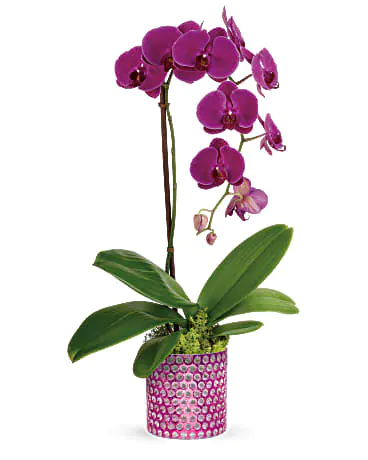Welcome to my plant propagation blog! I have always been conservative and continue to be so with trying to be as self sufficient as possible. I love to grow my own food. From the chickens I raise to the vegetables I grow to the bread I bake with my fresh grown herbs. Knowing what I am eating and where it came from is important to me. Also, between Covid and salmonella scares, high prices and food shortages, it just makes sense to grow and raise my own food.
Fall and spring are my favorite times of the year for working outside in my garden. Unfortunately, they seem so much shorter than winter and summer. As I get older, I cannot tolerate the heat in the summer to grow as much food as I want outside. So, I have a hydroponic system set up in my house to grow vegetables without having to suffer the heat and bugs. I grow a lot from seeds, especially salad greens, but I also propagate a lot of my plants as well.
Plant propagation is growing new plants from a variety of sources such as seeds, cuttings, and other plant parts. I propagate inside my home so that I can control the humidity, aeration, light quality and quantity, temperature and moisture that plants need. I sow seeds as well as cuttings into my hydroponic system where they are pampered by having the right amount of water, nutrients and light at the right temperature. It is so rewarding to me to cut fresh, clean lettuce for my salad every night.
Propagation: Easier than you think
If you don’t want to buy or collect seeds each season cloning is the answer. It’s very easy to learn how to clone and many plants likes roses, fruits, veg and other household plants can be cloned. Cloning is the process of taking a cutting from your plant and getting it to grow into a new plant that is identical to the original.The cloning process is inexpensive and only requires a few supplies that will save you a bunch of money in the long run. My orchid plants are my favorite to clone.
Supplies you will need:
- Blade or Scalpel
- Rooting hormone
- A medium
- Propagation Dome (to keep the humidity up)
- Rubbing alcohol (to sterilize tools)
- A mother plant to cut from
Plant Propagation Instructions:
Be sure to clean your cutting tools with rubbing alcohol before you start. You don’t want to use dirty utensils as this can spread decease.
Decide where to take your cuttings. I find that three nodes down works well with most varieties. Make sure the stems are an adequate thickness. Use a sharp clean blade to cut a few stems at a 45° angle to expose as much surface as possible. To prevent an air bubble from lodging in the stem, place the cutting in a bowl of water until ready to transplant it into your system. Make a fresh cut 2-3 centimeters above the original cut, just above or below the node when you are ready to proceed.
Dip the cutting into rooting hormone and insert it into your medium of choice. Keep the cuttings in a humidity dome and place under fluorescent or grow lighting for 18 to 24 hrs. Keep the humidity levels high without over-saturating the cuttings. Some of the leaves may begin to turn yellow; this is a natural process. It means that rooting is about to begin. The yellowing will disappear once the roots have formed.
Once the cutting has rooted feed it a ¼ strength nutrient solution. Within a few weeks a strong rooting system should be established and cuttings are ready to be transplanted to a pot of their own.
Plant Propagation Tips for success
- Mist cuttings daily inside the dome to ensure that the humidity levels remain high (above 90%)and provide nourishment for the rootless cuttings.
- Maintain a good root zone temperature. Use a heat mat if necessary.
- Remove the lid, mist plants and replace lid daily.
- Do not let your cuttings medium dry out.
- Use a good quality rooting hormone.
- Take more cuttings than you actually need as some may not make it.
- Label your clones.
- Once cuttings root, re-plant as soon as possible. High humidity will cause plants that have rooted to develop algae/bacteria.
I hope I have helped with this information. Visit my home and garden page for more gardening and growing ideas. After a day of gardening, well actually any day, I enjoy a glass or 2 of fine premium wine that I get every month. Real, true wine with no added sulfates that store wine has that causes headaches. Get some delivered to your door every month as well. Read all about it HERE.



